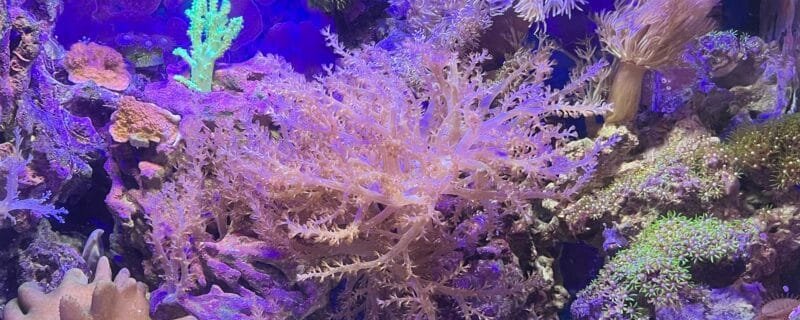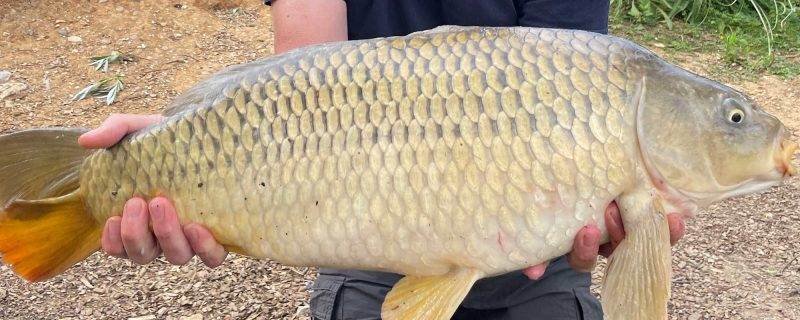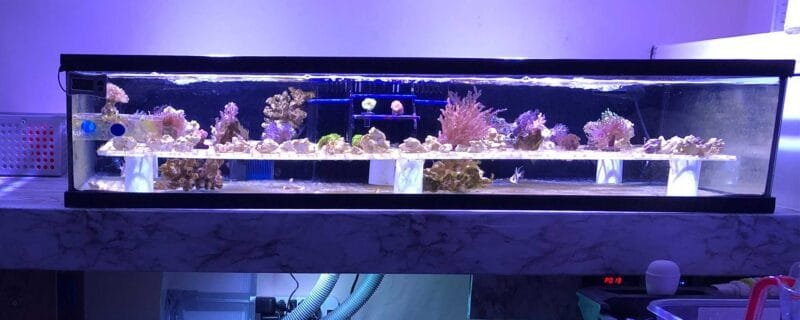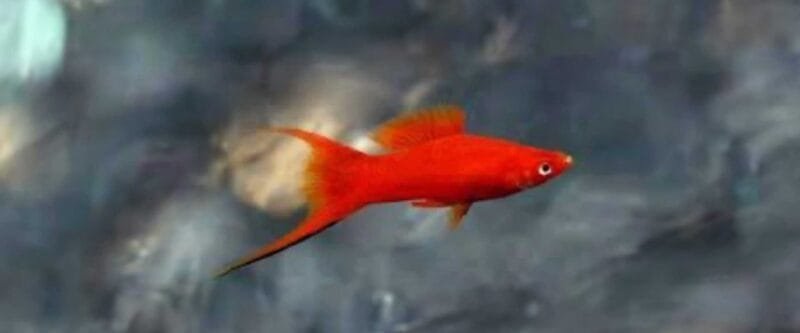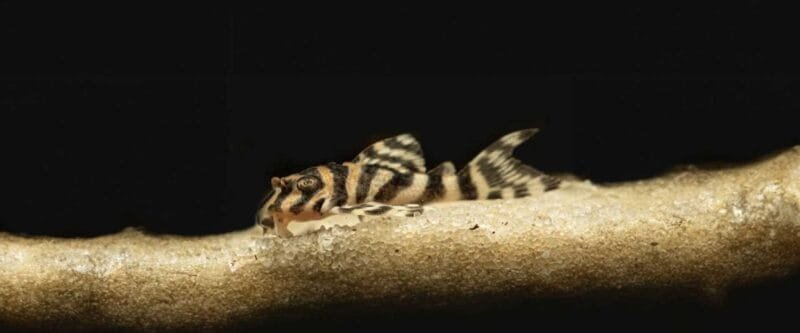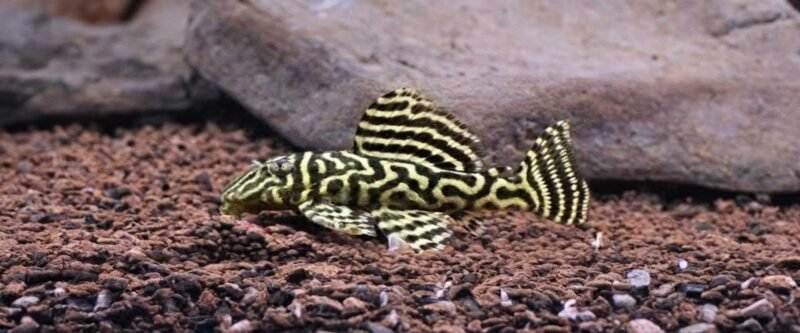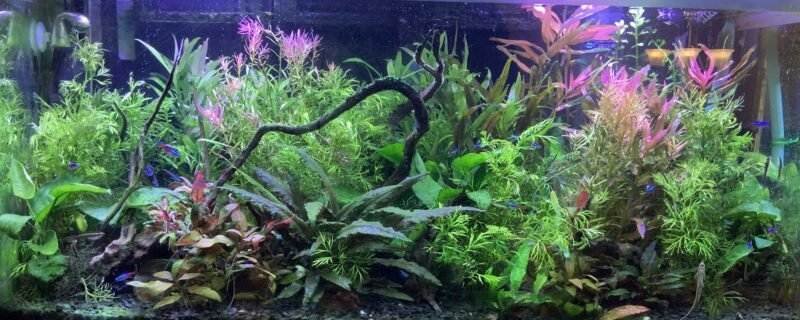The Enigmatic Silver Pomfret: An Overview of Pampus Argenteus
The Silver Pomfret, scientifically known as Pampus argenteus, is a marine fish species that has garnered attention not only for its delicate flavor but also for its striking appearance. Native to the warm waters of the Indo-Pacific, from the Arabian Sea to the coast of Japan, this species plays a significant role both ecologically and economically. This blog post delves into various aspects of the Silver Pomfret’s life, from its basic characteristics and care requirements to breeding habits and compatibility in community tanks.
Introduction to Pampus Argenteus
Common Name: Silver Pomfret
Latin Name: Pampus argenteus
The Silver Pomfret is renowned for its flat body and silver color, which shimmer beautifully under water. An adult Silver Pomfret typically reaches a size of about 16 inches (40 cm), though they can grow larger in optimal conditions. This species is highly prized in various cuisines, particularly in South and Southeast Asia, where it is considered a delicacy.
Diet and Feeding
In the wild, the diet of Pampus argenteus mainly consists of small fish, crustaceans, and zooplankton. For those keeping Silver Pomfret in captivity, it is vital to replicate this diet to ensure their health and vitality. A mix of high-quality marine pellets, frozen or fresh seafood, and occasional live feed can help maintain their nutritional balance and mimic natural feeding behaviors.
Sexing and Breeding
Sexing Silver Pomfret can be challenging without specific anatomical knowledge, as visual differences between males and females are subtle. Breeding them in captivity is often not viable due to their need for specific spawning conditions that are difficult to recreate in an aquarium setting. Most Silver Pomfrets are therefore wild-caught or raised in large aquaculture facilities designed to simulate their natural environment.
Community Tank Compatibility
Silver Pomfrets are generally peaceful but due to their size and dietary requirements, they are not typically recommended for home aquariums. In large tanks or public aquarium settings, they should be housed with other species that share similar water and dietary preferences to avoid competition and ensure harmony within the tank.
Water Conditions and Ease of Care
Pampus argenteus thrives in saltwater conditions that mimic their natural oceanic environment. They require a temperature range of 70-82°F (21-28°C), a pH level of 7.5-8.4, and a specific gravity of 1.020-1.025. Consistent water quality with low nitrogenous waste concentrations is crucial, necessitating efficient filtration systems and regular water changes.
Despite these needs, Silver Pomfrets are relatively hardy and can adapt to life in captivity if their specific requirements are met. They are more commonly managed in professional aquaria and research facilities rather than private homes due to their size and care complexity.
Species Variations and the Albino Form
While the typical Silver Pomfret is known for its shimmering, metallic appearance, there are few noted variations within the species. However, like many other fish species, there have been occasional sightings and reports of albino or leucistic specimens. These individuals lack the typical pigmentation, displaying a white or pale pink coloration. Albino Silver Pomfrets are extremely rare and require special care to protect them from health issues related to their condition, such as sensitivity to light and increased vulnerability to diseases.
Conclusion
The Silver Pomfret, Pampus argenteus, is a fascinating species, admired not only for its culinary value but also for its aesthetic appeal in larger aquarium settings. While not the ideal choice for beginner aquarists due to their size and specific care requirements, they offer a unique challenge for more experienced enthusiasts with the resources to accommodate them. Understanding and meeting the needs of these magnificent fish can lead to a rewarding experience, highlighting the diversity and beauty of marine life. Whether in a professional setting or a well-equipped home tank, the Silver Pomfret remains a testament to the complexities and rewards of marine aquaculture.



